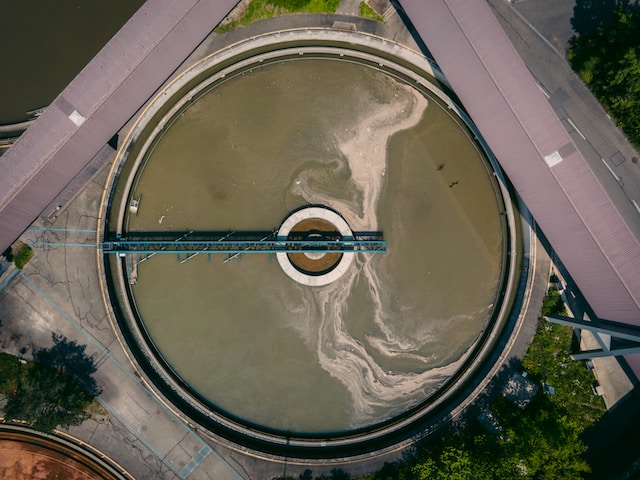At the end of 2020, core public infrastructure in Canada, excluding social and affordable housing, had a total replacement value of $2.1 trillion. Roads ($894.2 billion) and bridges and tunnels ($244.7 billion) accounted for over half (52.9%) of the total estimated replacement value, while water infrastructure ($771.8 billion) accounted for more than one-third (35.8%).
The cost to replace all assets rated in poor or very poor condition was estimated at just over 10% of the total replacement value, at $264.7 billion, or $16,252 per private dwelling in Canada. Road infrastructure made up 48.1% of the infrastructure in greatest need of rehabilitation or replacement (in poor or very poor condition), followed by wastewater infrastructure (13.9%) and potable water infrastructure (11.1%).
The replacement values released today expand on the inventory counts that were released previously by reflecting differences in utility, size and capacity of the assets. These estimates also provide a more accurate picture of their condition by distributing the assets according to their replacement value rather than according to the inventory counts.
Wastewater infrastructure makes up almost one-quarter of urban municipalities’ replacement values
Municipalities ($1,328.5 billion) owned 61.7% of the total estimated replacement value of core public infrastructure in Canada. Of that amount, more than two-thirds (68.1%) were in urban municipalities. Despite accounting for 17.8% of Canada’s population, rural municipalities accounted for almost one-third of the replacement value of the core public infrastructure.
Roads made up most of the total replacement value of core public infrastructure in rural municipalities (57.9%), while they accounted for 21.5% in urban municipalities. Even though rural municipalities owned 79.1% of the length of municipally owned roads in 2020, they accounted for 55.8% of the replacement value, largely because more roads are unpaved in rural municipalities. Consequently, the cost to build new roads in rural municipalities was estimated at $0.4 million per two-lane equivalent kilometre, on average, compared with $1.2 million in urban municipalities.
Wastewater infrastructure had the largest value of all infrastructure categories in urban municipalities at $205.7 billion (22.7% of the total). The 836 wastewater treatment facilities, including lagoon systems, owned by urban municipalities in 2020 had a total replacement value of $30.2 billion. That amounted to an average of $36.2 million per facility and more than five times the average value of one facility owned by rural municipalities ($6.7 million). These amounts reflect differences in the type of facility, their size and capacity, as well as other factors, including the valuation methods used by municipalities, such as the average cost of recent projects or inflating historical costs.
Assets in poor or very poor condition represent more than one-tenth of the total replacement value
The replacement values of publicly owned infrastructure in Canada were composed of $1,267.3 billion of assets rated in good or very good condition (58.8% of the total), $425.9 billion of assets in fair condition (19.8% of the total), and $264.7 billion of assets in poor or very poor condition (12.3% of the total). Another $195.7 billion (9.1%) in replacement values were for assets of unknown physical condition.
Assets in poor or very poor condition were estimated to account for a similar share of total replacement values in urban municipalities (13.0%) and rural municipalities (12.3%).
Although Ontario had the largest value of publicly owned infrastructure in poor or very poor condition ($70.5 billion) among provinces and territories, Nova Scotia (21.9%) and Quebec (19.9%) had the largest share of assets, by replacement value, rated in poor or very poor condition.
Microdata now available for the year 2020
The microdata file for the year 2020 is now available upon request. It contains the inventory, condition, year of construction, expected useful life, estimated replacement value, and asset management practices of core public infrastructure assets owned by various levels of Canadian government.
The file contains selected variables pertaining to the following types of infrastructure: roads, bridges and tunnels, public transit, potable water, storm water, wastewater, solid waste, public social and affordable housing, and culture, recreation, and sports facilities.









